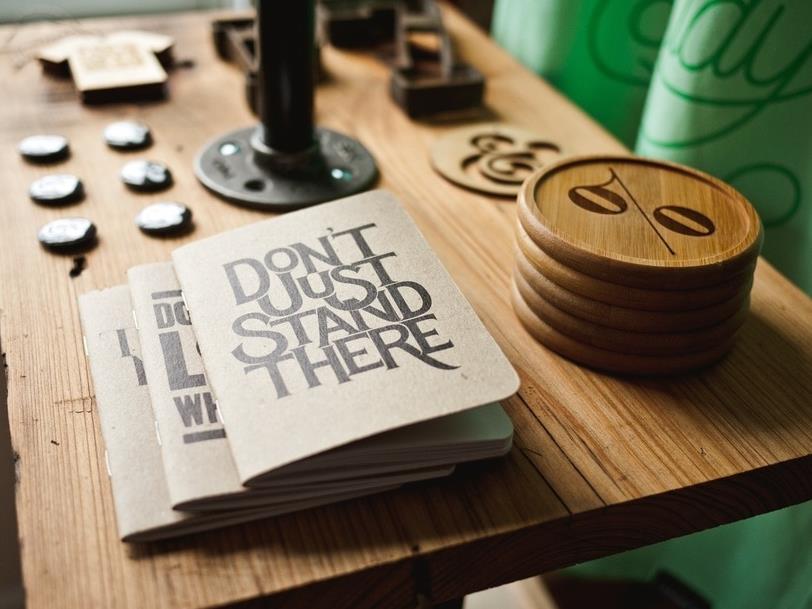Image: pexels.com
There has been no better time to be a craft and design practitioner in Australia. The demand for the unique and hand made is growing exponentially and the community of over two million makers are embracing collaboration, new business models and digital technology.
Yet despite this boom and the presence of global opportunities for practitioners through platforms such as Etsy, a new benchmark report as part of the National Craft Initiative (NCI) has found the sector is at risk of becoming invisible.
As the report explains, this is largely due to the absorption of craft and design into arts funding models and changes to education and global production methods.
NCI Program Manager Georgia Hutchison told ArtsHub that while there is great entrepreneurship displayed by individual practitioners, the systemic and structural support for the sector is lacking.
‘Structures and systems that are beyond the capacity of individual practitioners or communities of practitioners really needs to be stepped up in Australia right now to ensure the longevity of the industry,’ said Hutchison.
Read more: How to make a living teaching your craft
There needs to be support for emerging, mid-career and established practitioners, and strategies to ensure a vibrant and resilient future for craft and design, she added.
‘It is about strengthening and nourishing the ecology to encourage openness, collaboration and learning and development between practitioners. That is really inspiring to see and I want to see more of that.’
Jane Scott, co-chair of the NCI steering committee said, ‘Professional crafts practice requires advocacy and a platform to protect and preserve its future.
‘This is a significant opportunity to start insisting on increased visibility for the national craft and design ecology and the unique makers who are the innovators for Australia’s future. They are the storytellers of our multiple histories, the people who generate cultures of learning and exchange, the makers and investors who open up new markets and the collaborators who experiment with solutions for our communities,’ said Scott.
The report is a joint venture between Australian Craft and Design Centres (ACDC) and the National Association for the Visual Art (NAVA) and is funded by the Australia Council. It contains practical recommendations for the decision makers and sector to help shape a vibrant future for making in Australia.
Key recommendations include:
- Establish a hybrid government and industry managed body for international engagement to support exhibitions, exchanges, event participation with multiple year engagement, and to assist practitioners to build export capacity and skill
- Support the continuation of maker spaces and multidisciplinary creative hubs and precincts through subsidised rent programs, and embedded project spaces in larger institutions, organisations and businesses
- Connect Australian Craft and Design (ACDC) organisations through a unified digital strategy including online representation and communication pathways
- Research, review and campaign for the visibility and development of pathways between secondary, tertiary and in-practice studio based education and training.
For Hutchison, a key focal point is education. While a high calibre of post-graduate and specialise courses exist for the design industry, artisan based training is lacking. ‘There are very few formal courses if you want to learn something like glass blowing, ceramics or fine silver smithing.
‘For a healthy ecology we need to be really supporting education pathways and be able to pass on the knowledge to ensure a healthy future and also to help define what Australian design and craft culture is, and cultivate a story around what we do,’ said Hutchison.
With the report being a consensus of the ambition as well as the gripes of people working in the sector, Hutchison hopes it will also inspire individual practitioners to come together and push the recommendations.
‘It really communicates clearly that there is a lot that needs to happen and there are some priorities that are shared amongst everyone and you can’t sit around and expect others to create our own future. We need to be collaborating and coming together and pushing this across the sector,’ concluded Hutchison.
Coinciding with the launch of this publication, the National Craft Initiative will be holding an online forum on Visible Craft – The Politics of Making as part of #NAVAideas on May 5.





